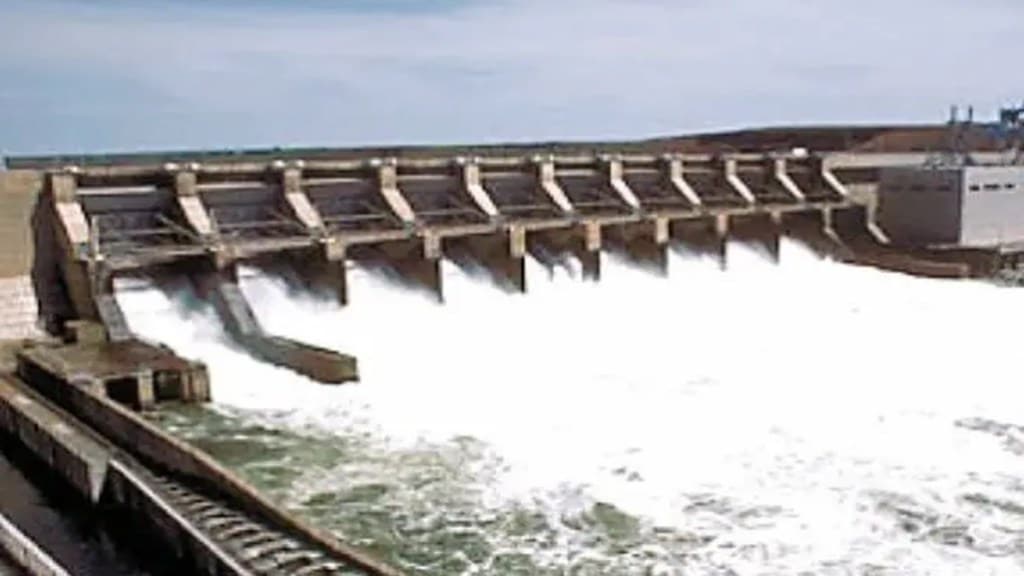Torrent Power has signed a Memorandum of Understanding (MoU) with the Government of Maharashtra for development of three Pumped Storage Hydro Projects of 5,700 MW capacity in the State of Maharashtra. The projects would entail an investment of about Rs 27,000 Crores and would provide employment to approximately 13,500 people during the construction period. The project would be executed over a period of 5 years.
According to the official document released by the company, the projects would be executed at three sites; Karjat (3,000 MW) in Raigarh District, Maval, (1,200 MW) and Junnar (1,500 MW) in Pune District. All the sites are off-stream and the projects are planned to provide a minimum of six hours of energy storage on a daily basis.
PSH is a configuration of two water reservoirs at different elevations. Water is pumped to the upper reservoir at the time of excess power when it is the cheapest. At the time of demand when power is expensive, water flow from upper reservoir to lower reservoir generates power with a hydraulic turbine. PSH is cheaper power solution than Battery for energy storage, it has a longer life of 40 years, provides longer duration storage of 6 to 10 hours with feasibility of multiple cycle operations during the day.
Torrent Power currently has an aggregate installed generation capacity of ~4.1 GW, which consists largely of clean generation sources such as gas (2.7 GW) and renewables (1.07 GW). It also has Renewable capacity of 0.7 GW under development. Torrent’s growth focus in Power Generation remains on Renewables. To complement its growing portfolio of renewables and distribution, Torrent is strategically entering the storage space to fulfill the void left in the grid by intermittent renewable power.
Torrent Power, with a turnover of Rs. 25,694 crores is the integrated power utility of the diversified Torrent Group with group revenues of `37,500 cr (approx. USD 4.50 billion) and group Market Cap of ~ 87,000 Crore . It is one of the largest companies in the Country’s power sector with presence across the entire power value chain of generation, transmission, and distribution.


